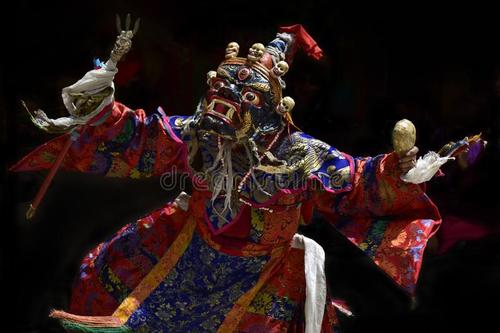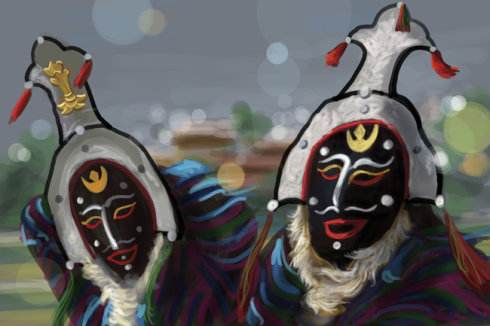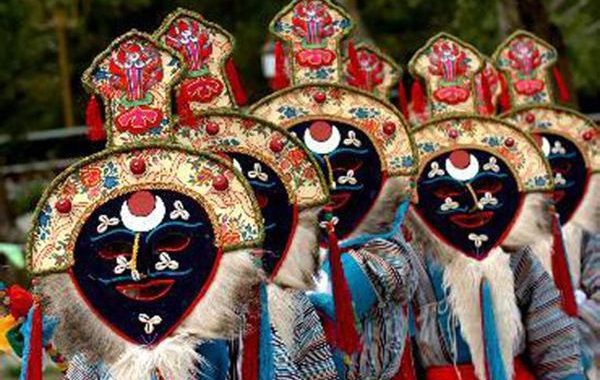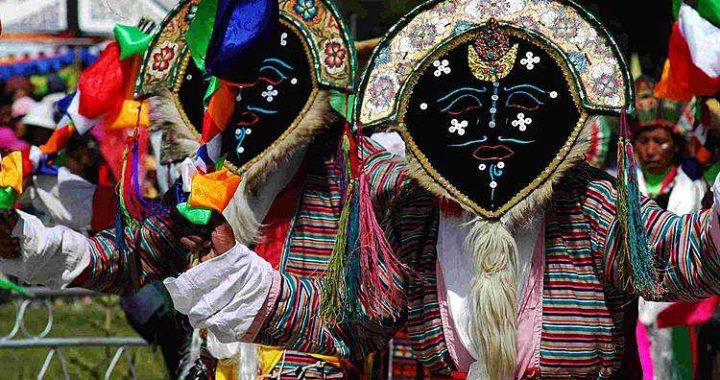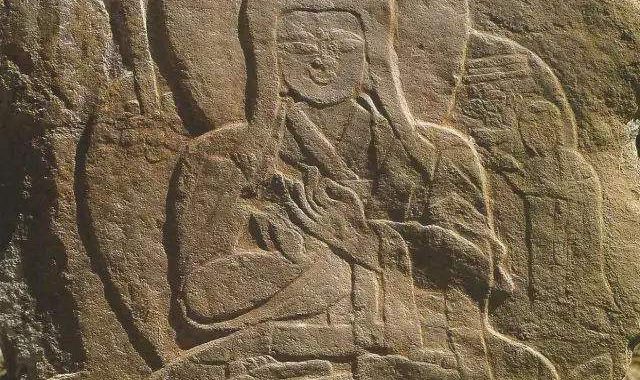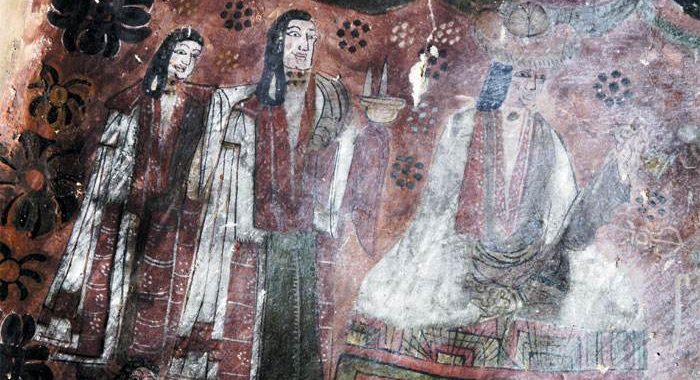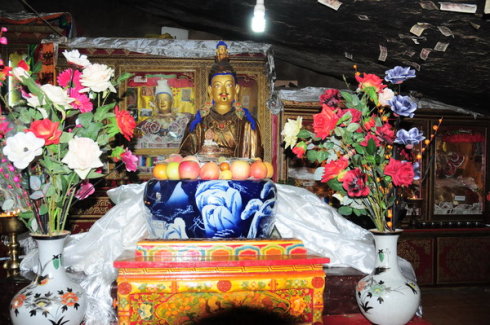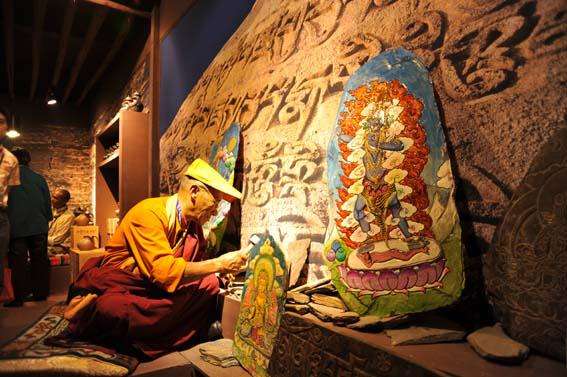FESTIVALS IN TIBET
3 min readTibet has many colorful festivals that take place throughout the year and if your trip coincides with one of them,it shouldn’t be missed.The festivals are fantastic opportunities to feel,see and taste living Tibetan culture-this is when all of Lhasa comes out.
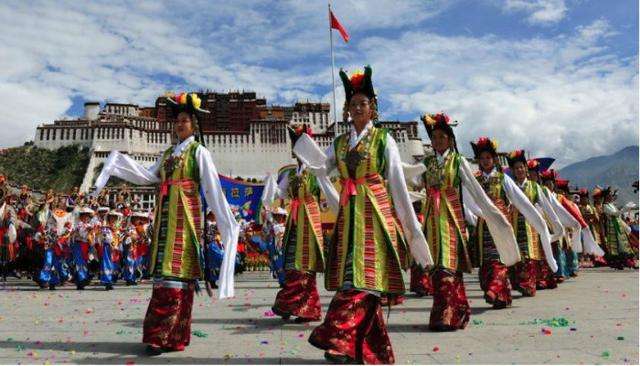
One particularly impressive festival around Lhasa is the Shotun Festival(xuedun jie),which is held from mid-August to early September depending on the Tibetan lunar calendar.During the festival,giant tapestries of Buddha hang from the mountainside and the Potala Palace.Monks from different monasteries spend an entire year constructing the tapestry as a form of meditation.
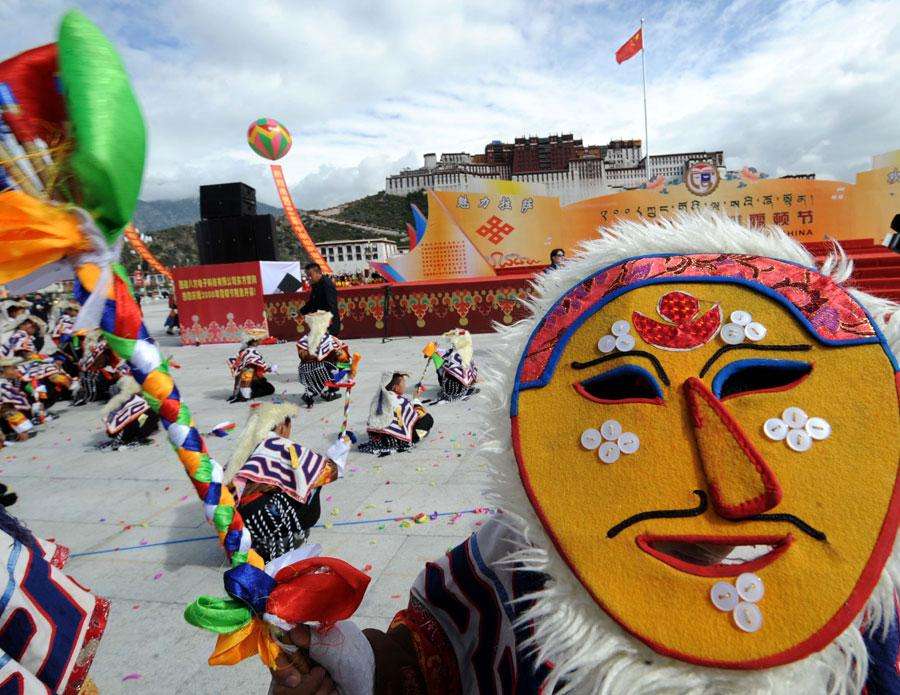
In order to see the unfurling,you’ll have to stumble up a narrow mountain path in the pre-dawn darkness as incense lights the many small shrines along the path.Only when first light arrives does it become apparent that you’re amongst thousands of pilgrims who are also making their way along this circuit.
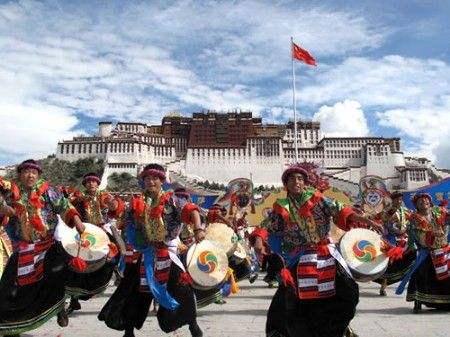
Princess Wencheng
Princess Wencheng is the most beloved queen in Tibetan history.A beautiful and intelligent woman,she brought the Tibetans many of the scientific and agricultural advances of the Tang dynasty and is also credited with the introduction of the Tang dynasty needed to find a bride for King Songtsen Gampo the new ruler of the Tubo Kinedom(Tibet).and smart and pretty Wencheng seemed an ideal match.She was conferred the title of princess and sent west.
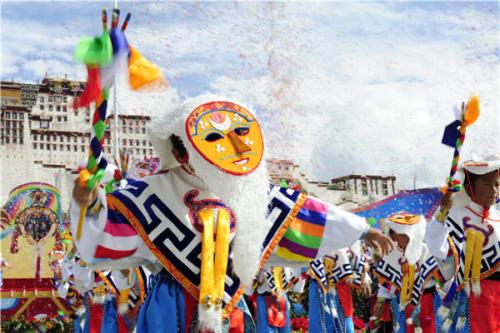
In AD 641,she set out from Chang’an,capital of the Tang dynasty,accompanied by envoys from both sides.They met King Songtsen Gampo in Baihai(Qinghai Province),where the delighted king ordered the construction of a nuptial palace by the Zhaling and E-ling lakes.They were married and honeymooned in the mountain valleys further towards Tibet.
On their way to Tibet, Princess Wencher locals how to cultivate veg on their way to flbet, Princess Wencheng taught the locals how to cultivate vegetables, grind wheat tlour and distill When she finally arrived in Tibet, she was surprised to find Buddhism hadn’t yet reached her husband’s kingdom. Sheset about introducing the religion, and had her husband build the first Potala Palace; it later burned down and was rebuilt in the 17th century.
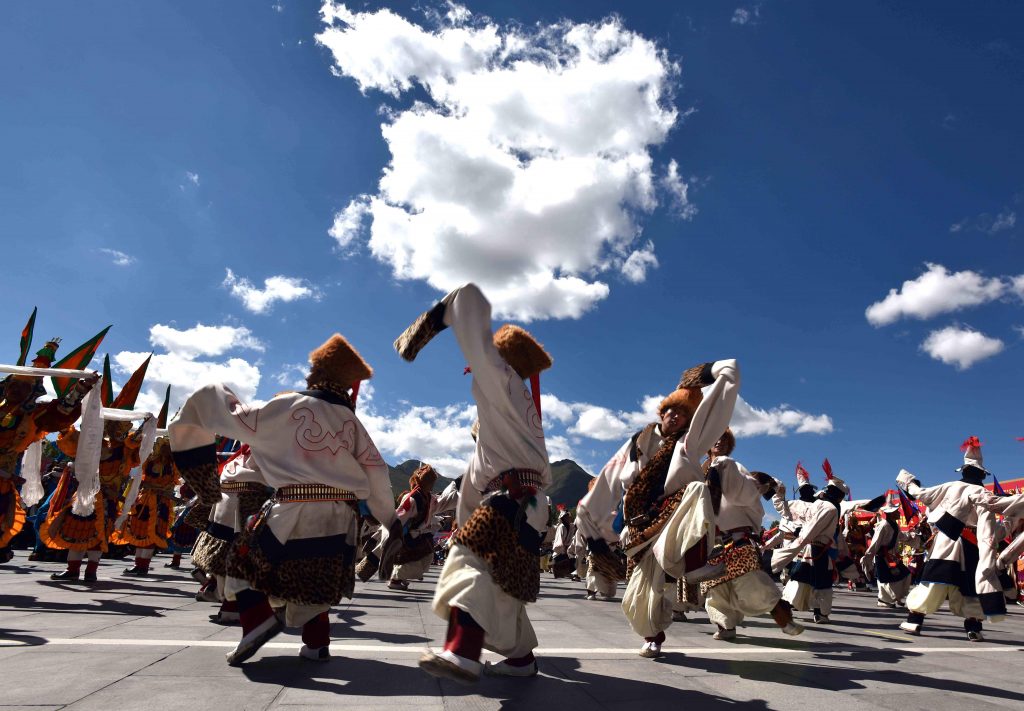
She was also responsible for the Jokhang Temple, one of the oldest examples of Tibetan architecture still standing.
Having decided from her knowledge of Tang astrology and geomancy that a particular large pool upset the balance of the elements, she insisted a flock of special white goats fill it in. The spot was given the name “goat-earth,”which in Tibetan is “rasa.”Later generations modified the sound and the city around the temple came to be known as Lhasa.
Frescoes on the wall of the temple and the Potala Palace record many of her other achievements. Tibetan people learned how to cultivate corn, soybeans and wheat in the highland environment, and horses, donkeys and camels were bred to assist the yaks.
As far as political marriages go, Princess Wencheng s was a great success. he new eperor pronoted King Songtsen Gampo to the Around AD 710, Jincheng, another princess from the Tang court was married to another Tubo king, one of King Songtsen Gampo’s descendants.

Senior Lamas and monks stand a large stage on the side of the mountain chanting sutras;flanking the stage are two giant horns held by two monks. The deep piercing bellow from these horns accompanied with the low guttural chants of the monks vibrates the entire mountain and the anticipation is contagious. Once the tapestry is unfurled, thousands of brightly colored pieces of prayer paper envelop the air while taras run down the side of the tapestry launched by pilgrims hopeful for Buddha’s blessing.
